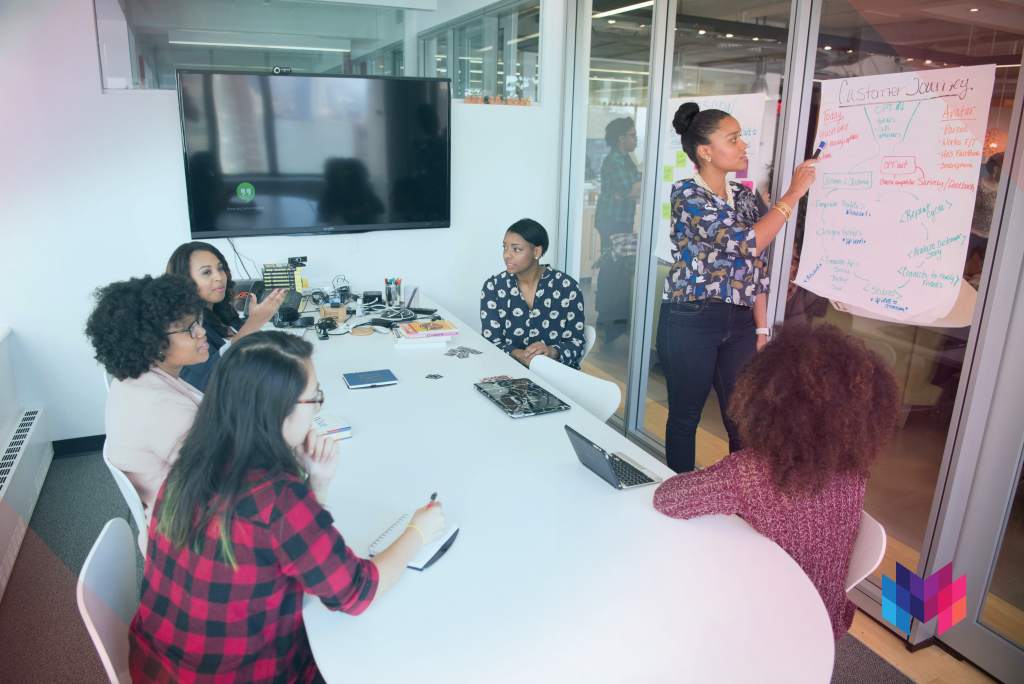South Africa’s unique socioeconomic landscape and evolving demands across industries present various challenges to L&D professionals. Yet, despite their critical role in guiding skills development, they have limited resources and support to practice their craft in accordance with modern workplace demands.
To close the market gap for business-applicable insight based on real findings and data, MasterStart ran a survey to gauge the most pertinent, real-life challenges that L&D professionals face in strategising and implementing learning and development plans.
Based on insight from over 318 respondents, we found that the challenges L&D professionals face are not unique or one-off but evident across businesses and industries. Read on to see the most pertinent and shared challenges and our expert tips on how L&D professionals can overcome them.
For a deeper dive, read our white paper: Solutions To Local Learning and Development Challenges.
When the workplace culture is against you
When formulating and delivering workplace training programmes, training planning professionals face a number of shared problems that relate to the organisation’s work culture. These are:
Challenge: Employees, their managers, and other stakeholders are often resistant to change, especially to different ways of working and adapting to new technologies. L&D managers say they often struggle to find ways to motivate employees to learn new skills.
Our recommendation: Motivating employees and building a resilient workforce go hand in hand with developing a learning culture. Employees must develop an eagerness to ‘learn in the flow of work’ and ‘learn to learn’, two essential features of a vibrant learning environment.
Challenge: Time management and prioritisation are constant hurdles. Between conducting needs analyses, updating training materials, and managing admin tasks, there is little time left to tackle all the aspects of their role.
Our recommendation: Strategy is critical here, as is partnering with industry-aligned training providers that can do the heavy lifting in terms of needs analyses, scarce skill alignment, and succession planning.
Challenge: Aligning the L&D strategy with business goals and demonstrating their value to business leaders who often fail to make the connection between learning outcomes and organisational improvement.
Our recommendation: Start by outsourcing training needs to a skills development partner whose programmes are aligned to Category B of the Skills Development matrix. For more tips, read Matching L&D Strategies with Business and Employee Development Goals.
Hurdles in delivering skills development
Practical issues, such as needing more resources and juggling constant industry changes, can often scupper your best training efforts. Here are the shared challenges and some tips to overcome them.
Challenge: Resource constraints, including budget constraints to implement relevant training, the availability of quality training material, and access to skilled trainers.
Our recommendation: Partnering with an experienced and accredited skills development partner will help you with skills needs analysis, work within your budget, and provide access to updated learning material across industries presented by leading tutors and lectors.
Challenge: Getting employees to attend a course is often easy, but getting them to engage and retain information is far more challenging. Unmotivated learners who are pressed for time and don’t understand why they should attend the learning in the first place are big hurdles to overcome.
Our recommendation: Give employees enough incentives, time, and space to learn, digest their learning, and encourage them to apply their new-found skills in the workplace. Humanised, collaborative teaching methods allow learners to apply real-world context to coursework while learning from each other.
Challenge: Another shared issue is keeping up with technological and industry changes. The research and resources needed to stay on top of these are often not practically possible, but letting it slide is also not an option.
Our recommendation: In fast-moving times, employees need to be coached to develop a more adaptable and resilient mindset. Transparency and easy access to industry-relevant training will boost their confidence and make them more likely to embrace change.
Skills L&D professionals regard as a priority
- Technology and digital literacy: The demand for skills related to technology and digital platforms (from Artificial Intelligence to industry-specific software) reflects an urgent need for digital literacy.
- Leadership and management skills: Project and people management skills are critically important to enhance leaders’ ability to manage teams effectively, make strategic decisions, and lead organisations through change.
- Soft skills: Communication, active listening, empathy, emotional intelligence, and conflict resolution are non-negotiable.
- Adaptability and resilience: Adaptability, resilience, and self-awareness are must-have competencies in an increasingly Volatile, Uncertain, Complex, and Ambiguous (VUCA) environment.
Essentials of a skills development framework
Now that we have a better picture of the challenges and solutions, L&D professionals must create a skills development framework to help them achieve their goals.
This starts with analysing current skills, identifying gaps, and understanding each individual and team’s unique requirements. It is followed by engaging key stakeholders, including department heads, HR teams, and employees, to understand team goals and integrate their input into the learning process.
When it comes to training planning, the organisation’s broader strategic objectives, vision and mission must be top of mind to ensure that training enhances the company’s strategic direction. That said, addressing each department or team’s needs is equally important and could involve customising courses based on job specifications or creating department-specific learning plans.
Finally, continuous monitoring, feedback and adjustment will ensure the ongoing relevance and effectiveness of the training.
Aligning skills training with business goals
The recurrent themes that jumped out in the survey results highlight the importance of a targeted and responsive approach to skills development.
Take these steps to get started:
- Define your L&D goals: Whether it’s expanding the knowledge base of your workforce or improving employee engagement.
- Assess skill gaps: Monitor how well employees perform against the defined goals.
- Set training objectives: Determine what employees will gain, how they’ll demonstrate what they’ve learned, and how this will be measured.
- Deliver relevant training: Your training initiatives should cater to company, team, and individual needs.
- Track learning outcomes: Analyse data on time-to-proficiency and learning transfer and engage with employees about what they learnt.
We’ve barely touched the surface here with the insights we gained from this survey of South Africa’s leading L&D professionals. For more observations, solutions, and tips on how to align skills training with business goals, read the Solutions To Local Learning and Development Challenges today.


